Imposing, Maintaining, and Tearing Open the Iron Curtain
The Harvard Cold War Studies Book Series
Series Editor: Mark Kramer
At the Dawn of the Cold War: The Soviet-American Crisis over Iranian Azerbaijan, 19411946
Jamil Hasanli
The Cold War After Stalins Death: A Missed Opportunity for Peace?
Edited by Klaus Larres and Kenneth Osgood
Mao and the Economic Stalinization of China, 19481953
Hua-yu Li
The Eisenhower Administration, the Third World, and the Globalization of the Cold War
Edited by Kathryn C. Statler and Andrew L. Johns
Stalin and the Cold War in Europe: The Emergence and Development of East-West Conflict, 19391953
Gerhard Wettig
Eisenhower and Adenauer: Alliance Maintenance under Pressure, 19531960
Steven Brady
The Prague Spring and the Warsaw Pact Invasion of Czechoslovakia in 1968
Edited by Gnter Bischof, Stefan Karner, and Peter Ruggenthaler
China Learns from the Soviet Union, 1949Present
Edited by Thomas P. Bernstein and Hua-yu Li
Globalizing de Gaulle: International Perspectives on French Foreign Policies, 19581969
Edited by Christian Nuenlist, Anna Locher, and Garret Martin
Solidarity with Solidarity: Western European Trade Unions and the Polish Crisis, 19801982
Edited by Idesbald Goddeeris
Stalin and the Turkish Crisis of the Cold War, 19451953
Jamil Hasanli
Securing the Communist State: The Reconstruction of Coercive Institutions in the Soviet Zone of Germany and Romania, 19441948
Liesbeth van de Grift
Solidarity: The Great Workers Strike of 1980
Michael Szporer
Imposing, Maintaining, and Tearing Open the Iron Curtain: The Cold War and
East-Central Europe, 19451989
Edited by Mark Kramer and Vt Smetana
Imposing, Maintaining, and Tearing Open the Iron Curtain
The Cold War and East-Central Europe, 19451989
Edited by Mark Kramer and Vt Smetana
LEXINGTON BOOKS
Lanham Boulder New York Toronto Plymouth, UK
Published by Lexington Books
A wholly owned subsidiary of Rowman & Littlefield
4501 Forbes Boulevard, Suite 200, Lanham, Maryland 20706
www.rowman.com
10 Thornbury Road, Plymouth PL6 7PP, United Kingdom
Copyright 2014 by Lexington Books
All rights reserved. No part of this book may be reproduced in any form or by any electronic or mechanical means, including information storage and retrieval systems, without written permission from the publisher, except by a reviewer who may quote passages in a review.
British Library Cataloguing in Publication Information Available
Library of Congress Cataloging-in-Publication Data
Imposing, maintaining, and tearing open the Iron Curtain : the Cold War and East-Central Europe, 1945-1989 / edited by Mark Kramer and Vt Smetana.
pages cm. (The Harvard Cold War studies book series)
Includes bibliographical references and index.
ISBN 978-0-7391-8185-0 (cloth) ISBN 978-0-7391-8186-7 (electronic)
1. Europe, EasternPolitics and government1945- 2. Cold War. 3. Europe, EasternRelationsSoviet Union. 4. Soviet UnionRelationsEurope, Eastern. I. Kramer, Mark. II. Smetana, Vt, 1973
DJK50.I46 2014
947.0009'045--dc23
2013027455
 TM The paper used in this publication meets the minimum requirements of American National Standard for Information Sciences Permanence of Paper for Printed Library Materials, ANSI/NISO Z39.48-1992.
TM The paper used in this publication meets the minimum requirements of American National Standard for Information Sciences Permanence of Paper for Printed Library Materials, ANSI/NISO Z39.48-1992.
Printed in the United States of America
Acknowledgments
The conference at which earlier versions of most of the chapters were initially presented was possible only because of generous financial contributions from Marek Jelnek and from the Office of the Government of the Czech Republic, the Konrad-Adenauer-Stiftung, and the Heinrich-Bll-Stiftung. In addition to the staff of the Institute for Contemporary History (particularly Vt Smetana and Oldich Tma), Lucie Wittlichov of the Office of the Czech Government played a key role in the organization of the conference, assisted by a few students of the Institute of International Studies (Faculty of Social Sciences, Charles University, Prague), of whom Kathleen Geaney should be mentioned first, as well as Tom Kristlk and Petr Balla.
Introduction
Mark Kramer and Vt Smetana
The Cold War standoff between the United States and the Soviet Union affected all parts of the globe, but nowhere was the impact more far-reaching than in Europe. The prolonged confrontation between the two superpowers began when their preferred outcomes for post-1945 Europe proved irreconcilable. The Iron Curtain that descended on the continent at that time kept Europe divided for more than forty years. When a series of remarkable events in Central and Eastern Europe in the late 1980s did away with the division of the continent, the Cold War ended. The downfall of Communist regimes in the Warsaw Pact countries had a transformative effect not only in Europe but also in many parts of the Third Worldparticularly Mongolia, Latin America, and southern Africa. Only on the Korean peninsula did Cold War antagonisms persist.
Europe has long been at the heart of grand surveys of the Cold War, but in recent years many of the leading studies of international politics during the Cold War have concentrated wholly or largely on Asia or other parts of the developing world.
This volume consists of chapters by scholars in both Europe and North America who have been at the forefront of efforts to reassess the Cold War in Europe, drawing on recently declassified archival materials as well as older sources. Earlier versions of most of the chapters were originally presented at a special conference in Prague in November 2009, Dropping, Maintaining, and Breaking the Iron Curtain: The Cold War and East-Central Europe Twenty Years Later, organized by the Institute of Contemporary History (an institute of the Academy of Sciences of the Czech Republic), together with the Office of the Czech Government and with help from students of the Institute of International Studies, at the Faculty of Social Sciences, Charles University, Prague. Some thirty prominent historians from eleven countries on both sides of the formerly divided Europe and from the United States took part in the conference to discuss how scholarly interpretations of the Cold War in Europe have been changed by the declassification of crucial documents in both East and West.
The book is divided into four parts, reflecting different phases of the Cold War and key issues pertaining to Europe. The first part covers the initial decade of the Cold War, particularly the eight years from the end of World War II through the death of Joseph Stalin in March 1953. The second part focuses on the role of Germany in the Cold War and on the dynamics of Cold War alliances in Europe, pitting the North Atlantic Treaty Organization (NATO) against the Warsaw Pact. Individual authors cover the leading NATO European allies (West Germany, the United Kingdom, and France), the role of a leading neutral country (Austria), and the mechanisms of foreign policy coordination within the Soviet bloc in the post-Stalin years. The third part deals with the momentous developments in Europe in the late 1980s that brought an end to the Cold War. The final part includes chapters by scholars who provide longer-term perspectives on the Cold War in Europe, helping to tie together major points and themes of the book.

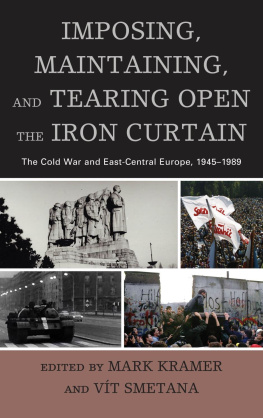
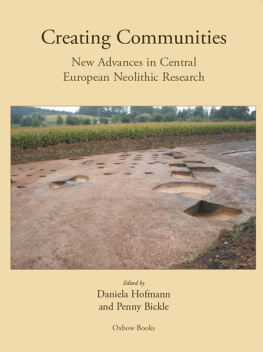
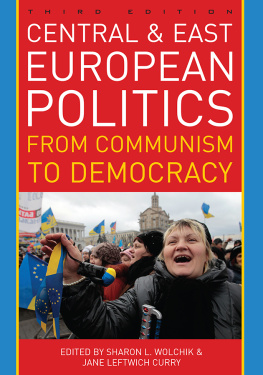

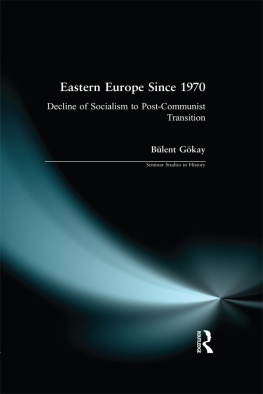

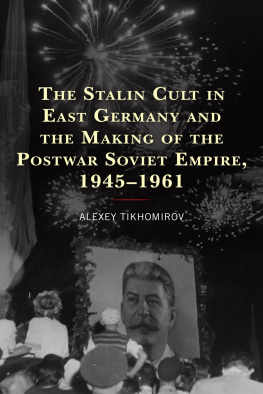

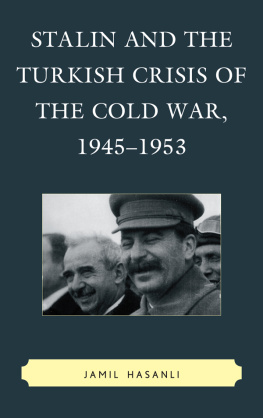
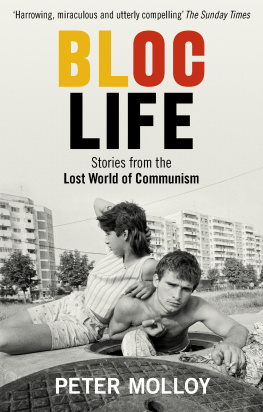
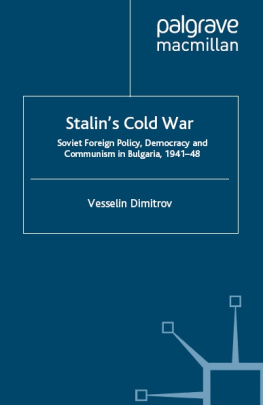
 TM The paper used in this publication meets the minimum requirements of American National Standard for Information Sciences Permanence of Paper for Printed Library Materials, ANSI/NISO Z39.48-1992.
TM The paper used in this publication meets the minimum requirements of American National Standard for Information Sciences Permanence of Paper for Printed Library Materials, ANSI/NISO Z39.48-1992.